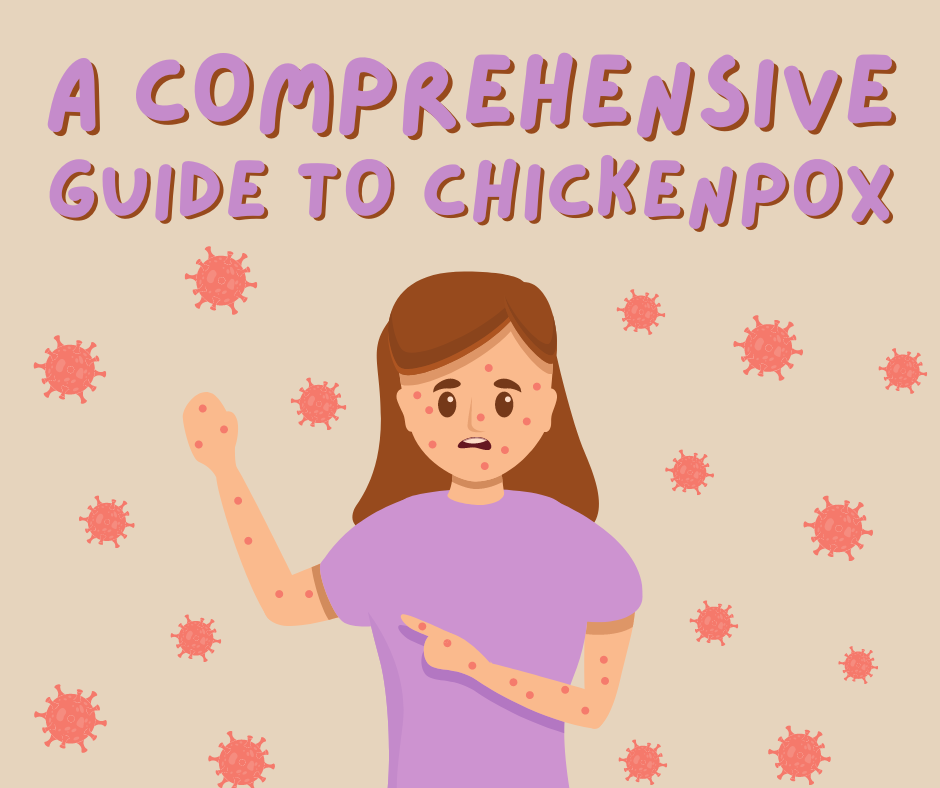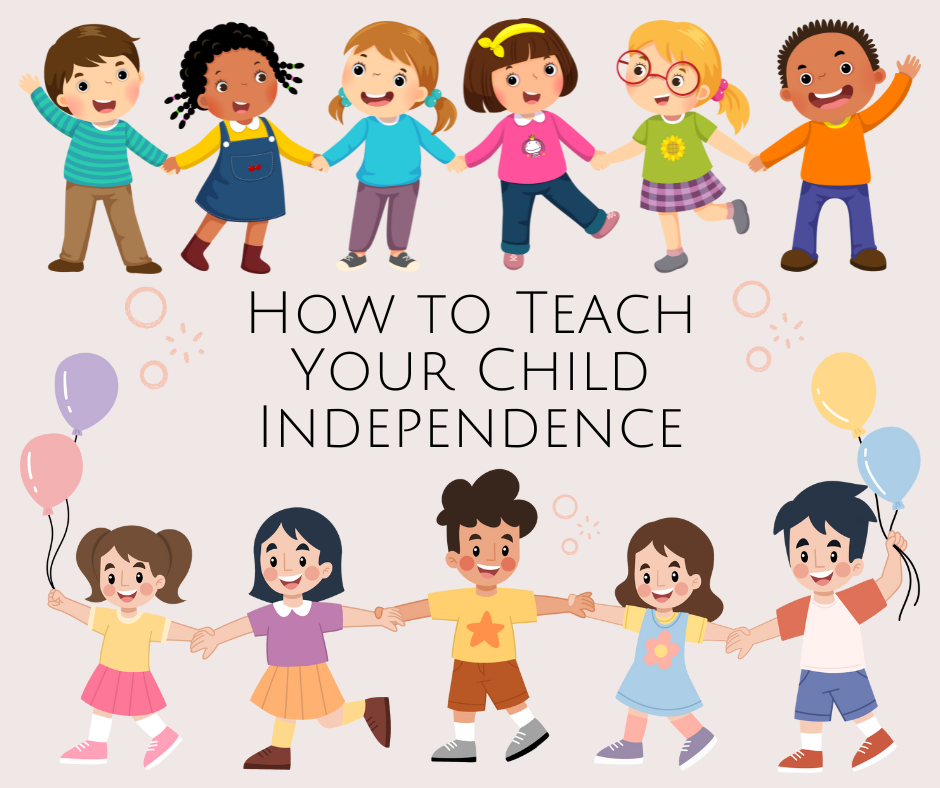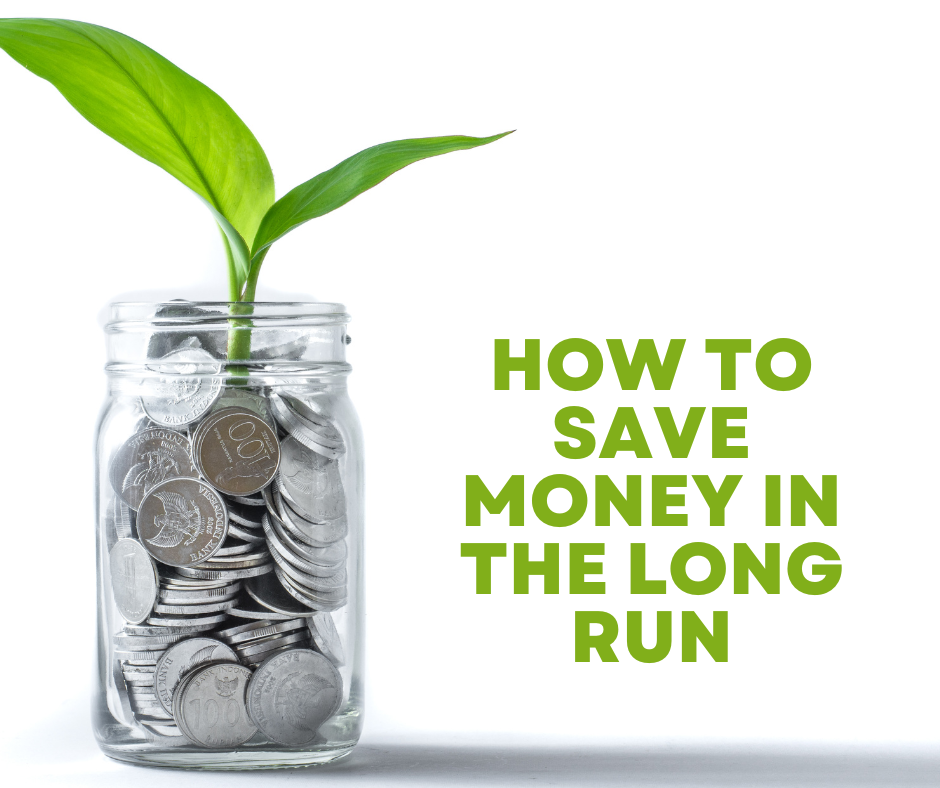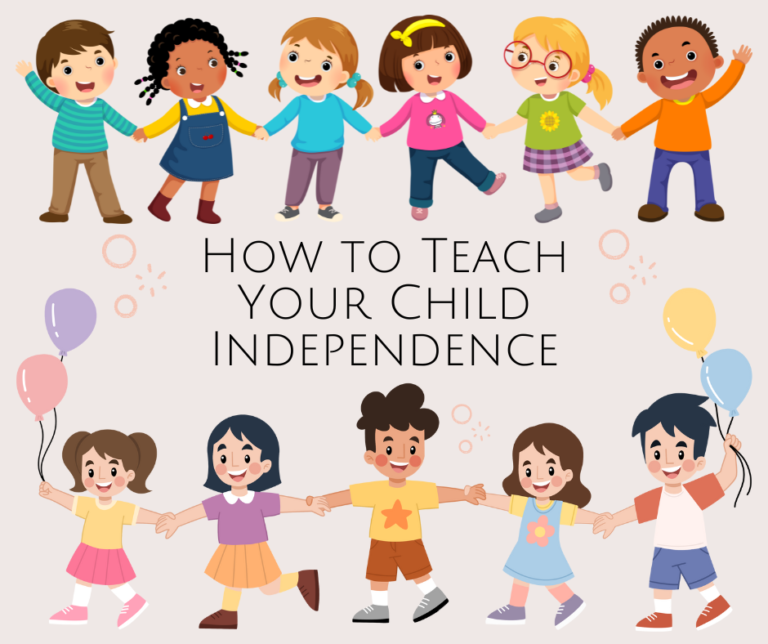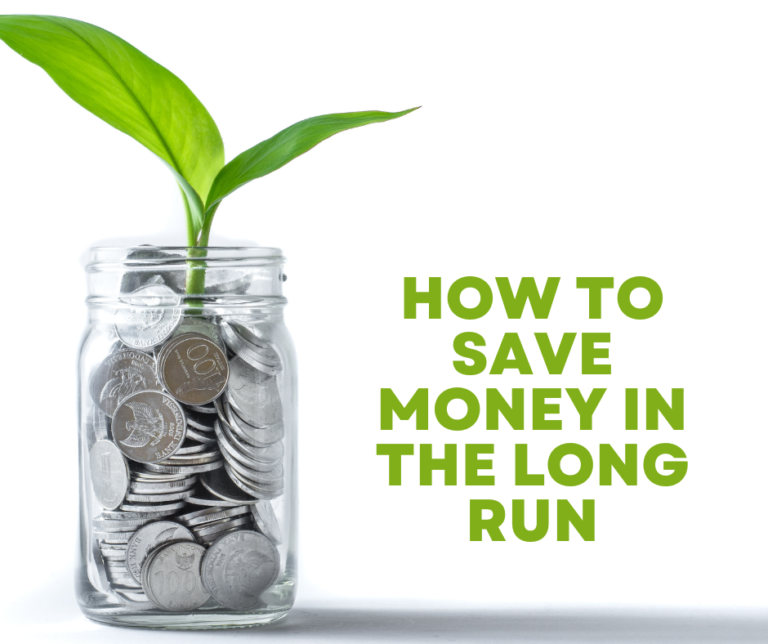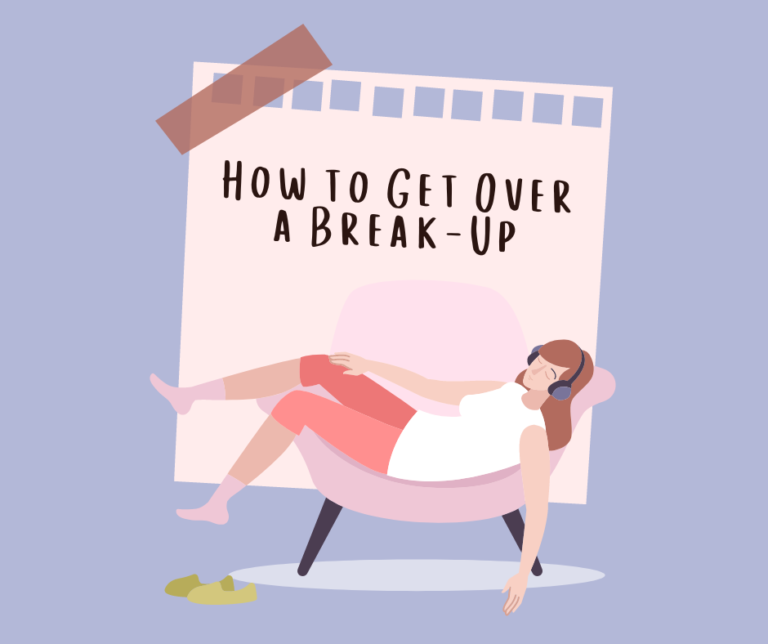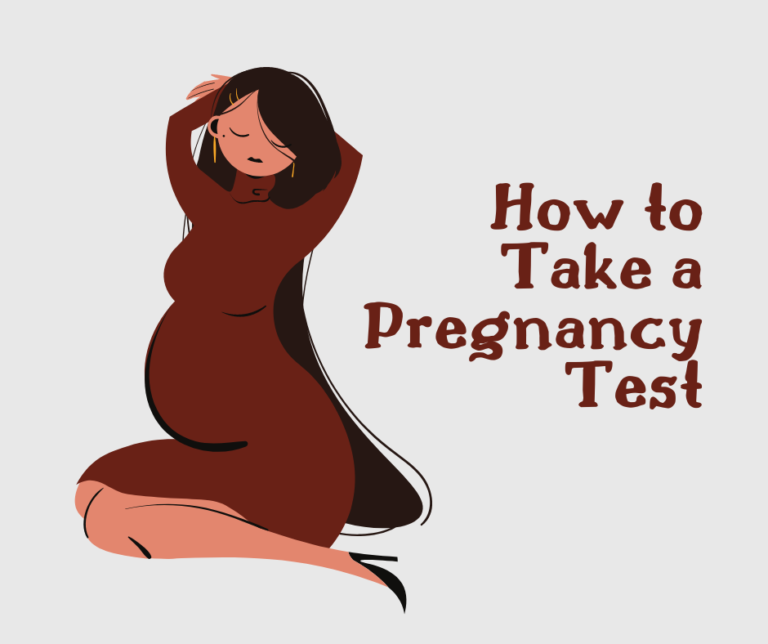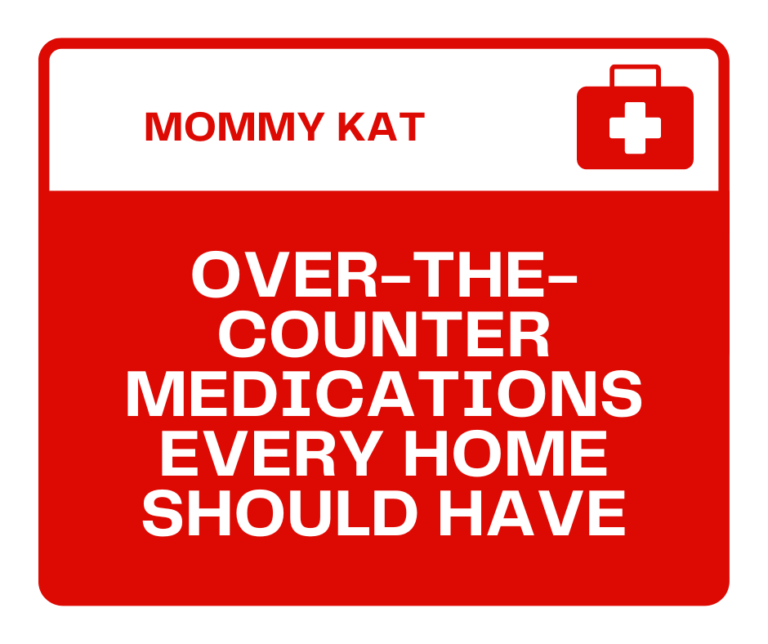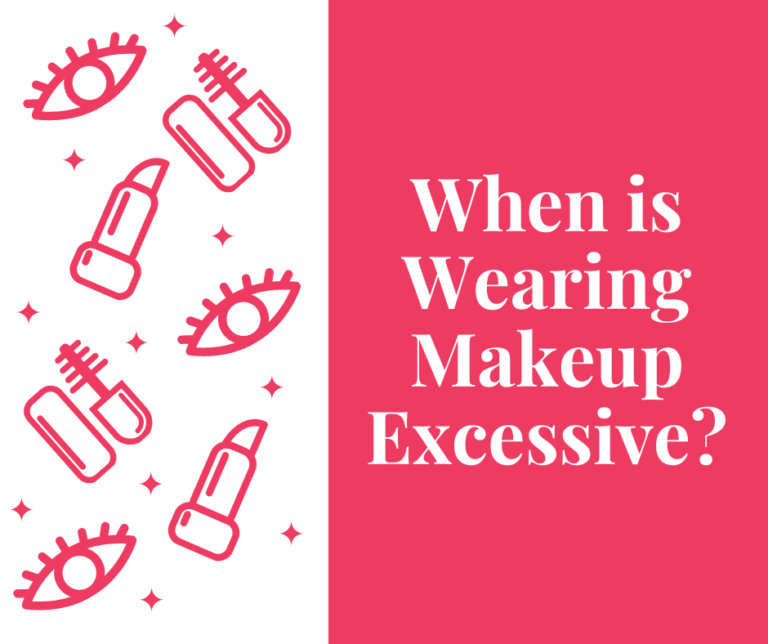Chickenpox is a highly contagious viral disease caused by the varicella-zoster virus (VZV). And by highly contagious, we mean it! You can get chickenpox simply by being in the same room as someone with chickenpox. You can also get it if you’ve touched something touched by someone with chickenpox. Up to 90% of people who come in contact with an infected person will get the infection too, especially if they’re unvaccinated or have never gotten the disease before.
The severity of chickenpox depends on the person getting it. Some people will have the full shebang described in the next section, while others will only get a few spots. Some will also have more side effects than others.
What are the Stages of Chickenpox?
Keep in mind that these stages of chickenpox only refer to the rash that’s characteristic of the disease. Aside from the rash, you may also experience moderate to high fever, body pains and aches, dehydration, and also a loss of appetite.
1. The Spots First Appear
Spots will first start to appear up to three weeks after your child has been infected with the virus. They will come to a head gradually, so expect to see new blisters form even after the chickenpox is well underway.
The rash might start at a particular spot before spreading to the rest of the body. Depending on your skin tone, the color of the blisters might be red, pink, darker than your skin tone, or the same color. The first two tend to happen with those of a lighter complexion, while the last two tend to happen with those with a darker complexion.
They can start appearing anywhere in the body, including near the mouth and genital areas. The skin here is extra sensitive, so expect pain and discomfort.
2. The Spots Turn to Blisters
Eventually, all the spots are going to be filled with fluid and turn into blisters. The skin around the blisters will become very irritated and itchy, and the blisters themselves might burst if too much pressure is put on them or you accidentally scratch them too hard.
3. The Blisters Turn to Scabs
The blisters eventually fall in on themselves and form a scab. They might leak fluid, which you need to be very careful about—you can easily spread the disease by having leaked fluid around the area. The blisters can also become flaky and scabby, which you also need to be careful about—please don’t let your skin peel the scabs off before they’re fully healed.
Chickenpox in Children vs. Chickenpox in Adults
Did you know that chickenpox in adults is more serious than it is in children? Indeed, while it’s considered a mild disease amongst kids, chickenpox can be deadly among adults! According to the Center for Disease Control and Prevention, many deaths from chickenpox among healthy adults were contracted after spending time with their unvaccinated children who also had chickenpox.
Scientists still don’t know exactly why this is the case. Some argue that the composition of the immune system is different between kids and adults. While kids have more innate cells (immune cells that just attack anything foreign), adults have more adaptive cells (immune cells that identify foreign bodies and release the corresponding antibodies). That could mean innate cells may just be more aggressive than adaptive cells when it comes to fighting chickenpox.
Regardless, it’s clear that getting chickenpox early is beneficial. It has a higher chance of full recovery, and children have fewer responsibilities than adults do. This is why some parents like to attend so-called pox parties, where unvaccinated kids visit a kid with chickenpox to get the disease on purpose. This then helps them develop antibodies.
We highly discourage you from doing this. There is no way of telling how serious your child will suffer from chickenpox, so don’t gamble their health away. It doesn’t make sense to make your child go through so much trouble when a better alternative exists. If you want to develop antibodies the safe way, get the chickenpox vaccine instead.
How Can I Treat Chickenpox?
No medication treats chickenpox. You just have to let your immune system do the work and let the disease run its course. Be prepared, though—it can take up to two weeks for the chickenpox to completely disappear!
You can, however, take medications to ease the symptoms you’re experiencing. You can also take paracetamol to help with any pain and discomfort. Furthermore, you can also take antihistamines to help with the itching—this can be taken either orally or through a lotion, which you apply all over the skin. Of course, you should also encourage the thirteen essential vitamins and minerals in their body to help fight the disease!
Your child will be very warm due to the fever and the inflammation from the rash, so you need to make sure you’re keeping them cool. You can keep the room under a certain temperature. You can also apply a cool, damp towel to the skin to help soothe the skin. For the latter, make sure you’re not rubbing the towel—just small pats here and there.
Speaking of being hot, your loved one will likely suffer from dehydration. You need to ensure they’re drinking plenty of fluids to help flush the disease out of their system. Cold water will also help soothe any sores they have inside their mouth.
Lastly, you want to make them feel as comfortable as possible with that rash going on. Dress them up in loose clothes that won’t rub against the skin. You should also cut their nails and put on some gloves or socks. That way, they won’t hurt themselves if they scratch their skin.
If you’re having problems at any time during the recovery, please contact your doctor for more information.
